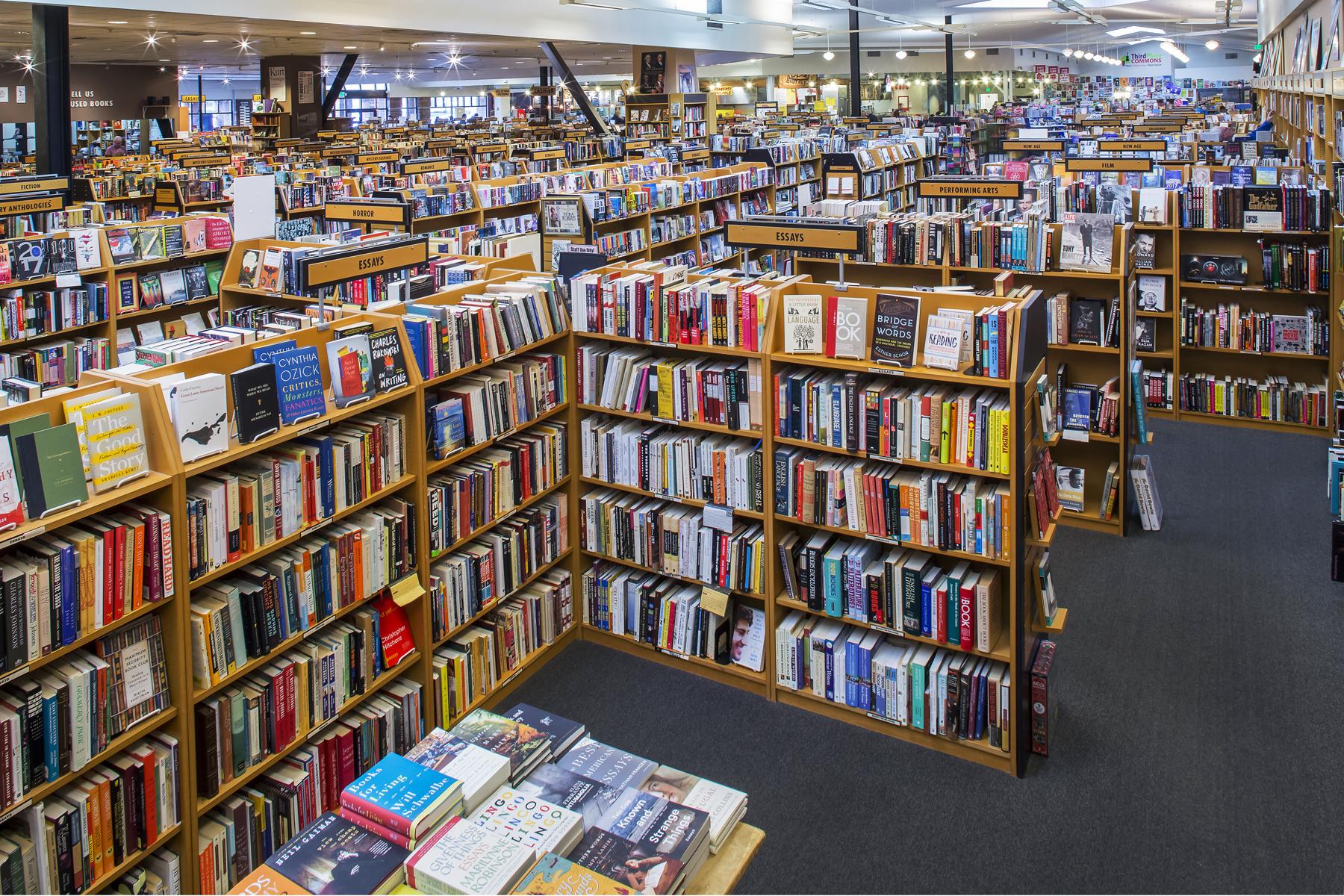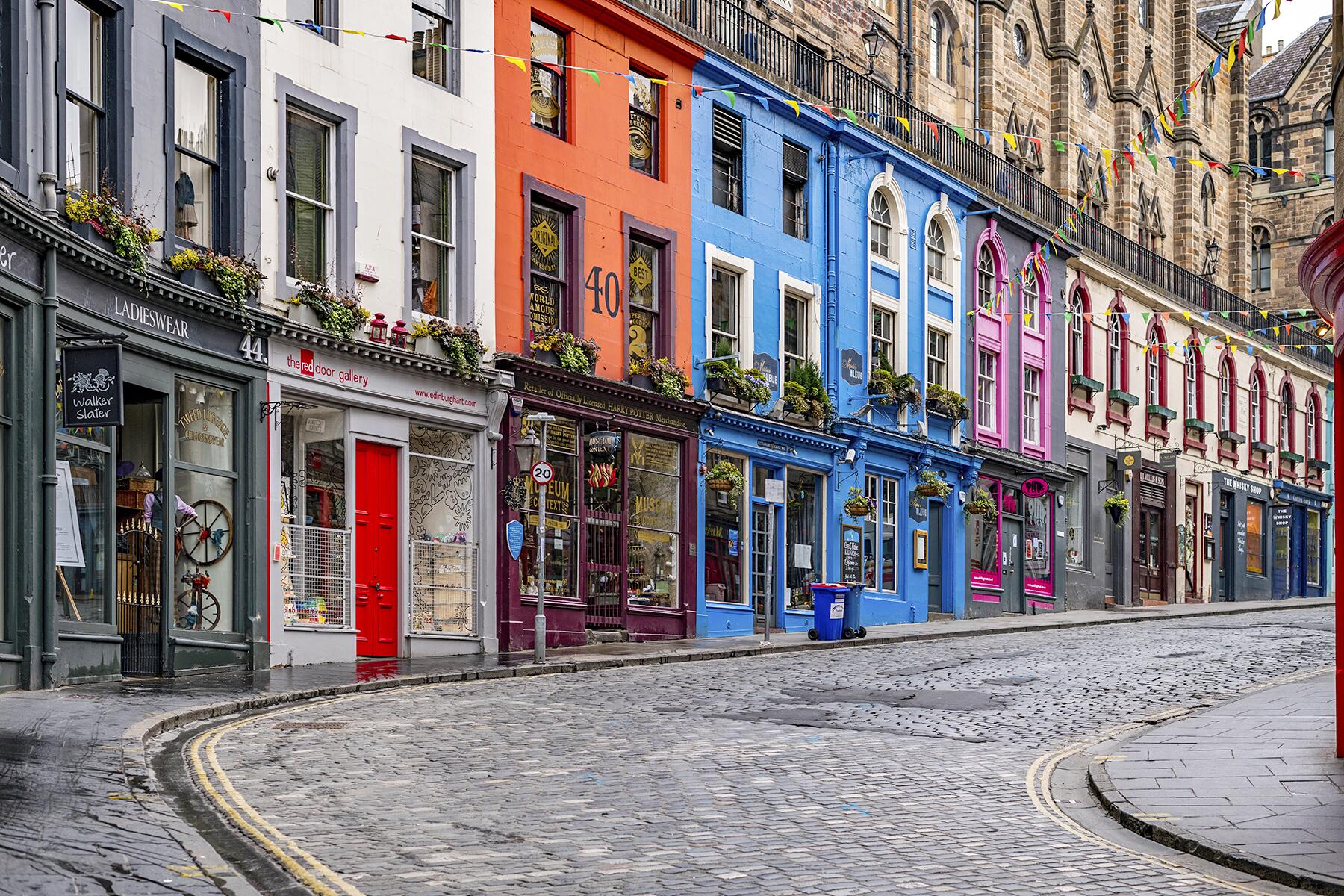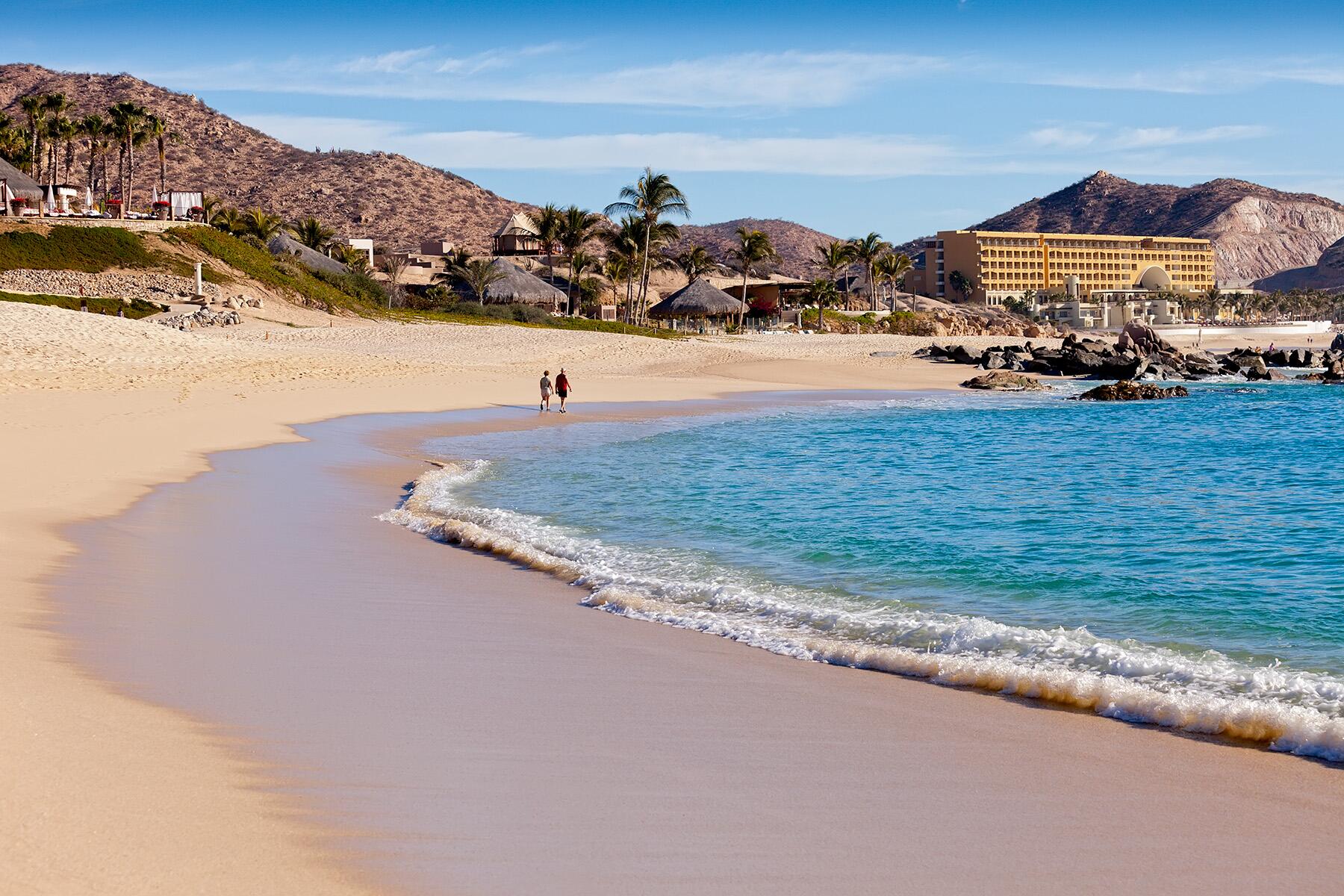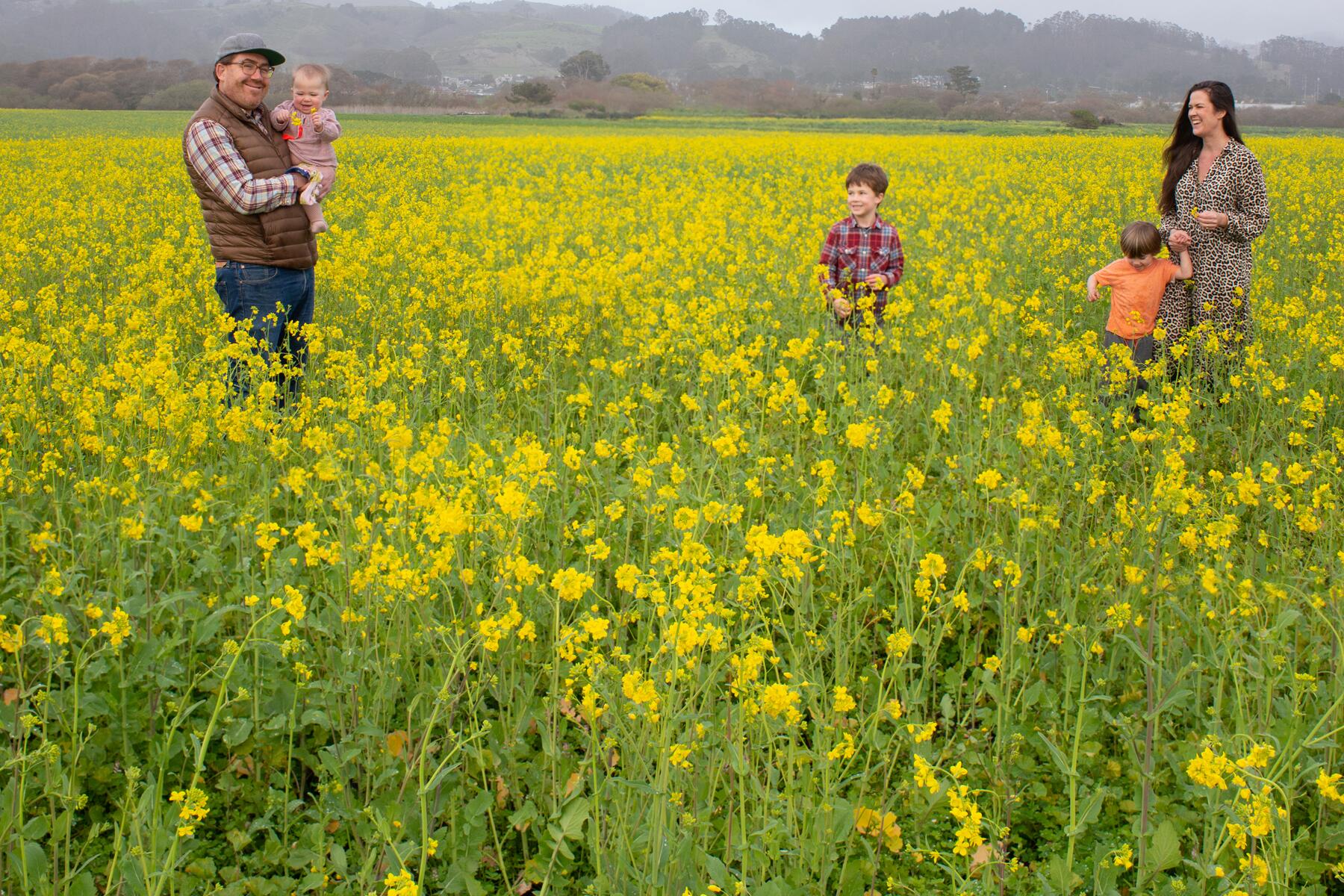Pulling inspiration from the Golden State, 'Forest Feast Road Trip' is as much about travel as it is about great food.
The two best things in life are arguably food and travel, which is why you’re likely reading this Fodor’s article to begin with. Every once in a while, a book comes along that ties these two joys together seamlessly. This year, that book is The Forest Feast Road Trip, a vegetarian cookbook-meets-travelogue by Erin Gleeson.
Fans of Gleeson will recognize her popular series of cookbooks, from her New York Times best-selling debut The Forest Feast to her follow-up editions, including a mouthwatering trip around the Mediterranean. Gleeson’s latest cookbook takes readers on a very hungry ride across California, where she discovers hidden pockets of the Golden State that inspire her recipes along the way.
Gleeson is not only the book’s author but the photographer and creator of the endearing watercolors throughout the text, which offer helpful illustrations to novice chefs. Fodor’s caught up with Gleeson to learn about her new book, what inspired her to write on the road, and her best tips for taking a road trip through California.

Fodor’s: Let’s talk about your books broadly. Can you tell us how you got started as a cookbook author and what inspired you to make this jump?
Recommended Fodor’s Video
Erin Gleeson: About 10 years ago, we moved from New York City to California for John’s [Erin’s husband] job. In New York, I worked as a freelance photographer, mainly shooting food, and did a lot of volunteer photography for the James Beard Foundation. I sort of started out while I was in grad school, doing an MFA in photography. I started shooting at the Beard House because they were always looking for photographers to cover the dinners, and that was really a good way for me to start building a network with chefs in the city.
One of my first book projects in New York was when I was in grad school. It was a cookbook art book project, just a personal thing for my thesis with the pastry chef Will Goldfarb. I just read an article about him and thought he was really cool, so I went into his restaurant one night, sat at the bar, and I just asked him if I could do some sort of shooting project at his restaurant. And he said, yes. I brought that [project] to California and started showing it to editors in San Francisco, trying to get work and shooting other people’s cookbooks. And the work was very minimal looking, like all in black and white, very slick kind of studio looking. The editors in San Francisco kept saying, ‘Oh, this is great, but we want kind of a more rustic vibe.’ By chance, we found this cabin in the woods to live in so I could do rustic. It was the first time that I started cooking food myself and taking photos of it. And I am certainly not a trained chef, I’m very much a home cook, but I’ve always loved to cook and throw dinner parties.

Everything I was making was very simple and kind of color driven and produce-driven. I was getting this farm box every week, and I just started pulling the most colorful items trying to create simple dishes that would photograph well and taste good. That was sort of the beginning of my project where I started taking the plates of food outside into the woods to take photos of them on logs or on a pile of leaves or a mossy stump or something like that, to give a different, more rustic vibe. That became a Tumblr blog in 2011; little by little, my audience grew on Tumblr. Before too long, a book agent in New York reached out, asking if I was interested in turning my blog into a book. And I was like, “oh my god, I’m not ready for that.” And she said, “No, I think you are ready, and I’ll help you do it.” So, she helped me make a proposal, and then we sold the book in 2012. And that was the first book, The Forest Feast.

Tell us about your new book. What inspired you to get on the road?
We began road tripping in summer 2019. We had just come off doing The Forest Feast Mediterranean, where we did three months around Europe, and having been home for a bit, I think we were kind of ready for our next trip. The kids were getting bigger, and I was pregnant with number three. So, we decided to keep it more local, and even though I grew up in California, I realized there was like a lot of California I didn’t know about.
I pitched the idea of a road trip book. At first, we had thought about doing a road trip across America, but then sort of pivoted to California, which was a little bit more doable with both timing and family logistics. My husband, John planned a route from our home in the Santa Cruz Mountains down the Highway One to Los Angeles, over to the Eastern Sierras, north up the 395 to Lassen, and then across the state over to Humboldt before heading back down Highway One. The whole trip would be about 2,500 miles without leaving the state. Then I started looking for the Airbnb options and other places that we would stay along the way.
The different thing about this book is that we stayed in 10 different places—each a unique home—and I photographed all of them. All of the places we stayed are in the book, introducing a home design element to a cookbook. But the idea was also we would get to know the different regions of California and what is grown there, which would inform my recipes. We went to like 1,000 farmer’s markets! I don’t ever need to go to another farmers’ market again.

So, you didn’t know going in what you were going to find from any particular region of the state?
I started looking into each area–like, we’re going to stay in Palm Springs, so what’s near there? And I had seen somebody post about a date farm in the Palm Springs area, and I looked up how far it was from where we were staying, and it was doable. I reached out to the date farm and asked if we could come for a visit because they’re not open to the public, but it just seemed like such a cool place. They were so welcoming; we went there, and I photographed the date farm and farmers. That experience informs some of the date recipes in my book.
It was really fun to learn more about what can be grown in the Californian desert and then experience the opposite up in Humboldt, where it’s lush, green, and great cheese is made. In my book, there are cheese-based recipes like a Humboldt Fog cheese included in a salad, inspired by the Humboldt area. Driving through that area and the Point Reyes area, which is also known for cheese, and just taking photos of these fields and all these cows, you realize this is where cheese comes from.
I already knew some of it, but some really hit me over the head, driving through these areas and seeing it. Driving through the Central Valley, we went through so many groves of nuts, almond orchards, walnuts, and different things that gave me the idea to use nuts in different ways and recipes.
Some recipes were inspired by restaurants we visited and people’s homes that we ate at. I have a friend in Santa Barbara who has a big ranch she grew up on and still lives on. When we got to her ranch, it was the middle of the summer, and she was harvesting all this summer squash out of the garden. Her apricots and squash were all ready to be picked, and I didn’t know either of those things would be available when we arrived. So, we made an apricot salsa from the apricot that we picked and a zucchini sandwich with the zucchinis that we picked. The ingredients we happened upon along the way ended up in recipes.
What a fun way to discover the state and get inspired for recipes. What are some of your favorite surprises and highlights from the trip?
When we were driving on 395 North, in the far eastern part of California, we had one long drive from the lower part of the Eastern Sierras to the top. And for really big drives, sometimes we didn’t book a place to stay in the middle, thinking we might just stay at a roadside motel. We had this one night in between on the drive, and it came down to the day before we needed a place to stay. And we’re both looking online the night before, trying to figure out where we could stay in what town and where.
John just Googled “farm Eastern Sierras near Lone Pine,” which is where we wanted to stay, and there’s this amazing lavender farm that he found. It wasn’t listed on Airbnb or on any of the travel sites; he just found it and it was called DeLaCour Ranch. I called, and it said on their website that they have accommodations, and they had these cabins that were available for about 100 bucks a night. So, we just went there, and it happened to be the most magical place. It was in this canyon with a creek running through it and had an epic view of the Eastern Sierras, and looking out was a huge lavender field in bloom.
This woman ran the whole thing by herself, and it had an interesting history with the Native American people that lived in that place many years ago and how they used the water from that area to do their gardening and farming. She had all these new and inventive sustainable farming practices that she shared with us. She also invited us into her chicken coop, and we picked the eggs that we went back and made breakfast with. We picked lavender and I brought some of the lavender home and made these lavender cookies that are in the book. That was just the coolest, most beautiful place. Like the sunset and the light of the place was just magical. It’s some of my favorite photos.
What are some tips for taking a road trip with the whole family? Especially with little children?
Our kids were pretty good in the car. We listened to a lot of podcasts. We tried not to do iPads except on really, really long days. We had things in the car like silly putty and coloring books. I list a few of the items in the back of my book.
I was always trying to find things that wouldn’t make a mess in the back of the car; but it was largely that mixed with good snacks and podcasts. We tried to schedule all of our drives around nap time, which can be tricky, but also helps if the kids are asleep in the car. But we did find they didn’t mind being in the car a long time. I think they liked looking out the window.

What are some essentials our readers should bring on a road trip if they are planning to cook?
A big shallow basket. We would load ours with the kitchen essentials, but also driving snacks and water bottles. This basket would fit right behind the front seat, and I would take this big basket and put it in a place where I could easily access it and hand stuff to the kids. It also made it easy when we would arrived at our Airbnb and wanted to go right in and boil some pasta or something.
I would pick up the basket and inside, I would have one good knife wrapped in a dish towel and kosher salt and olive oil (those are the main things). Many places don’t have olive oil. I would also bring pepper, and I love my flaky Malden salt on everything, so I bring a little container of that. And for staying in a hotel, we have a picnic backpack with plates, a little cutting board, and all the essentials. I would also bring a small dish soap and a sponge. The other thing I noticed is my Airbnb stays never have anything to save your leftovers. So, we would travel with Stasher bags, saran wrap, and other Ziplock bags to put our snacks in.
You highlight California’s Indigenous communities. What was your thinking behind those inclusions?
They’re really important parts of California’s history that are not always discussed. It was important for us to see and show the kids that this is part of California, because the Native American communities were just so evident as we were driving through the state. I think in my daily life, like in my part of the Bay Area, I’m not really exposed to Indigenous cultures. But in driving around California, so many things are named after different Native American communities. It just was so evident that this is such a strong part of what California is about.
The Paiute-Shoshone Cultural Center was an impactful stop for me because it was all about the culinary traditions of Indigenous people. We were able to see their garden and learn how they’re trying to save some of the traditionally grown seeds from their culture. They have a very sweet museum that talks about their culinary and displays tools they cooked with. I think it’s a good reminder that this land belonged to somebody else first.



